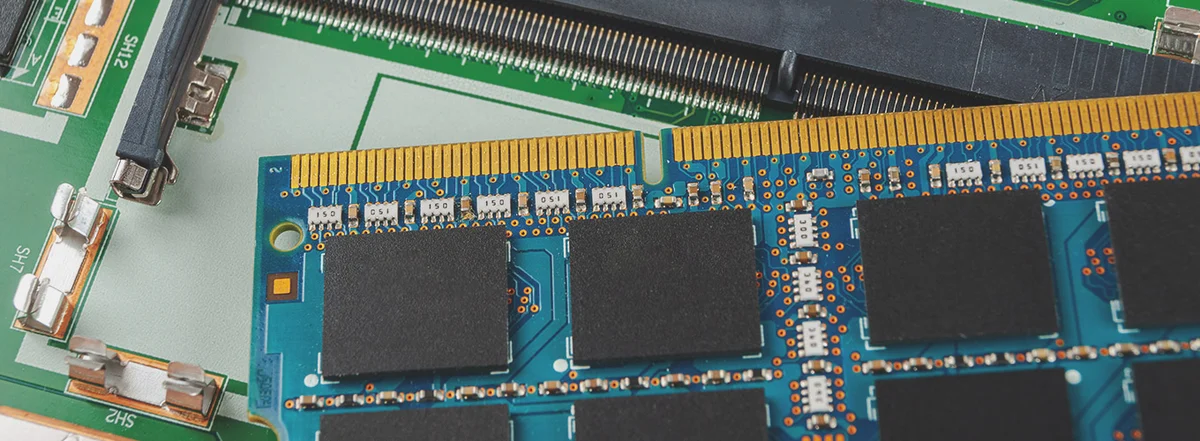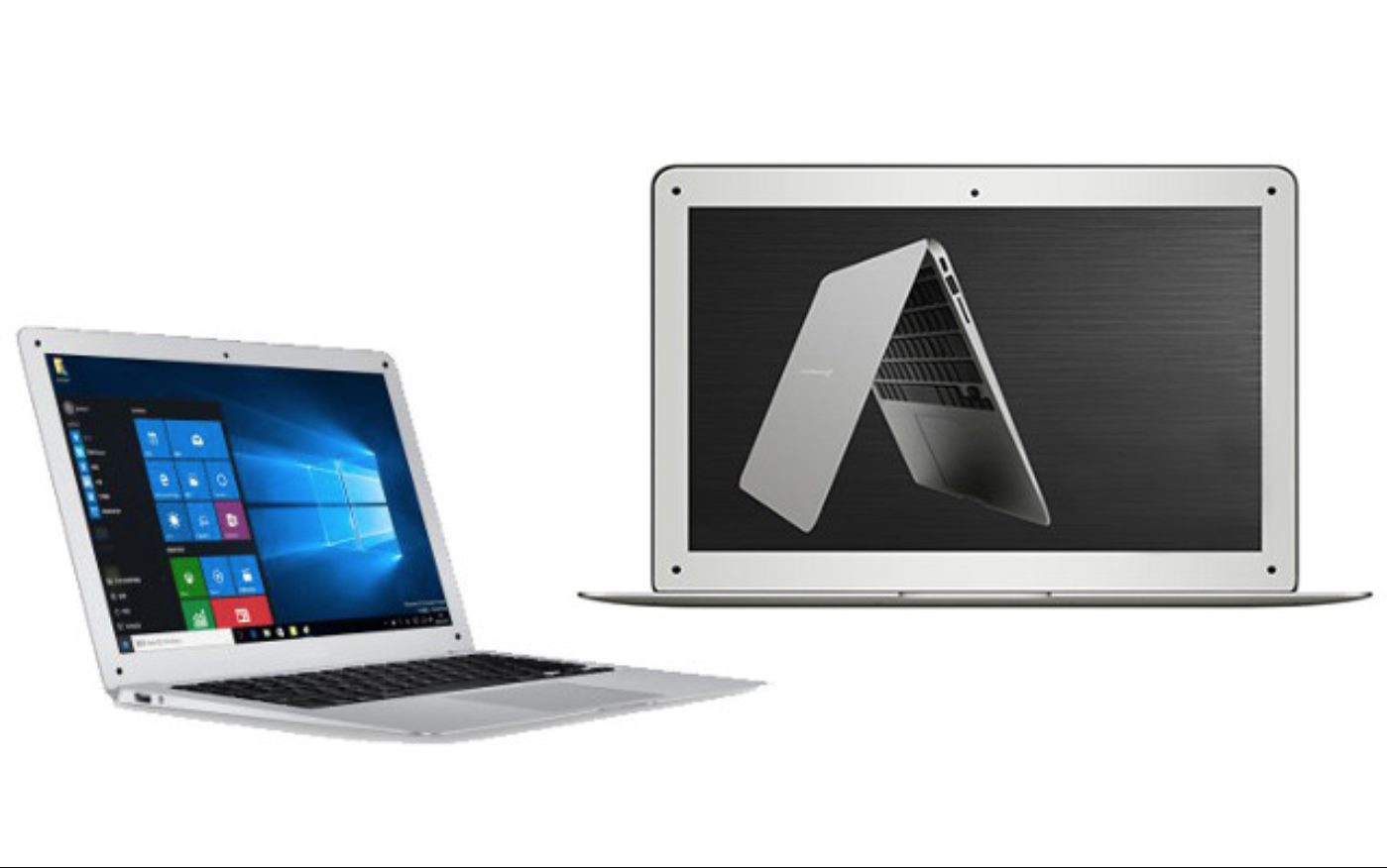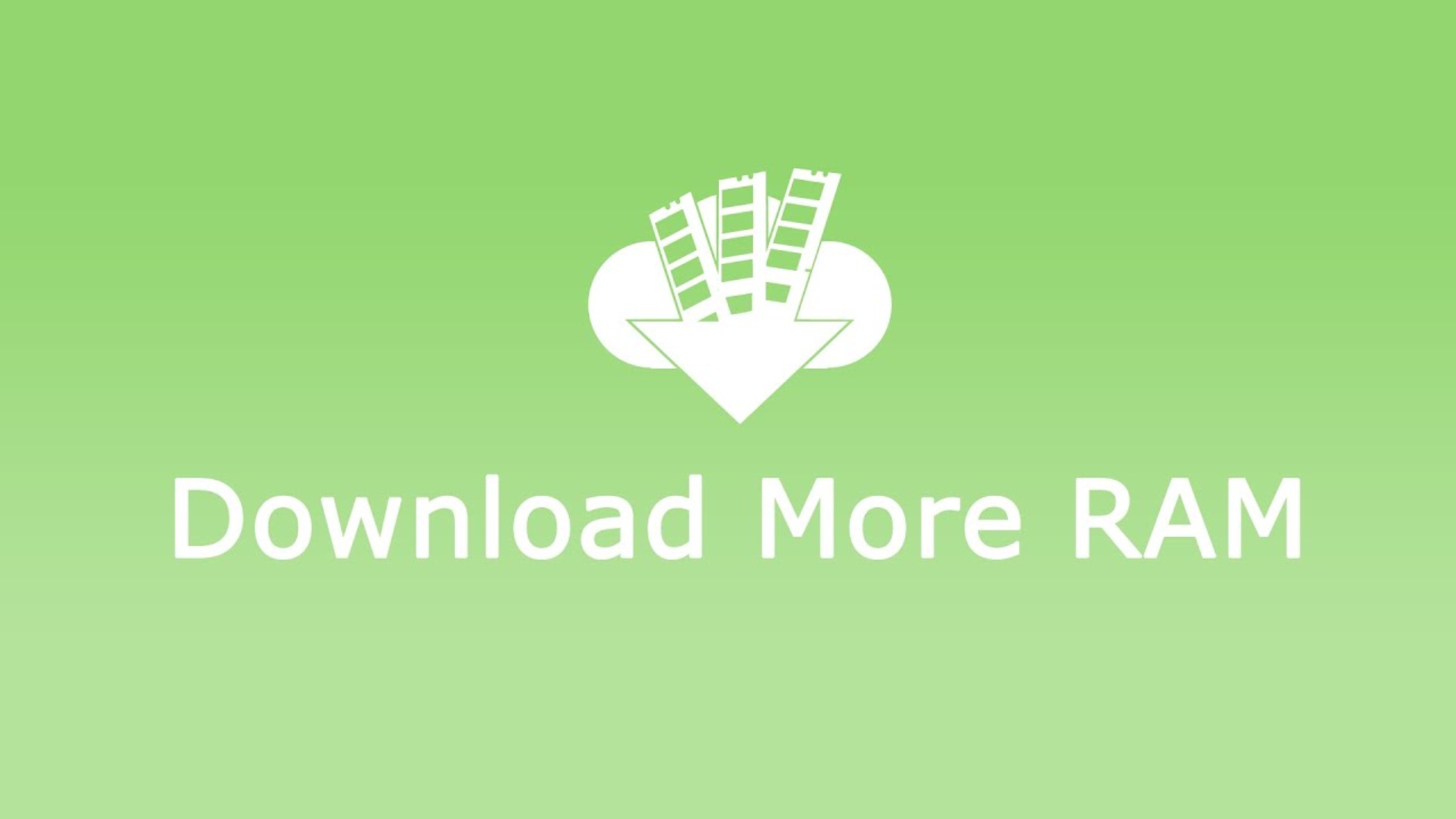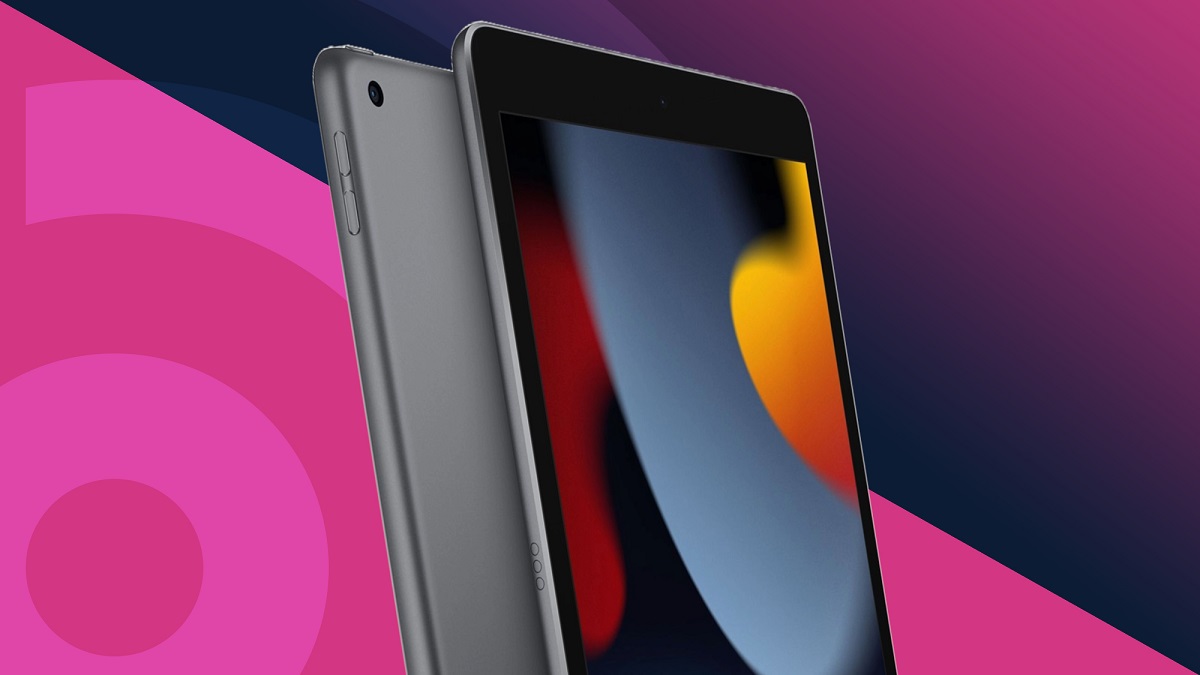Introduction
Imagine a scenario where you’re trying to run multiple applications on your computer, but it starts to slow down, leaving you frustrated and impatient. The culprit behind this sluggish performance is often the lack of Random Access Memory (RAM), a vital component that helps your computer process data and run programs efficiently. As a result, many users find themselves searching for ways to upgrade and enhance their RAM capacity.
While the traditional method of physically adding more RAM modules to your computer remains the most reliable solution, an intriguing concept has emerged – downloading RAM. The idea of downloading RAM might sound enticing, as it suggests a quick and easy way to boost your computer’s performance without the need for any hardware upgrades. But is it too good to be true?
In this article, we will explore what RAM is, why someone might want to download it, whether it is actually possible, how it works, and the risks and limitations associated with this approach. Additionally, we will discuss alternative methods to effectively improve your computer’s performance. By the end of this article, you will have a clearer understanding of the concept of downloading RAM and whether it’s a viable solution for you.
What is RAM?
Before delving into the concept of downloading RAM, it’s essential to understand what RAM actually is and its role in a computer system. RAM, short for Random Access Memory, is a type of computer memory that temporarily stores data that is actively being used by the computer’s processor.
RAM is a crucial component of a computer as it enables the processor to quickly access and retrieve data, allowing programs to run smoothly and efficiently. When you open an application or load a file, it is stored in RAM, making it easily accessible to the processor. This fast and temporary storage of data ensures that the computer can quickly retrieve and execute instructions, resulting in a smoother user experience.
Compared to other forms of computer memory, such as hard drives or solid-state drives (SSDs), RAM provides significantly faster data access speeds. This is because RAM is built with integrated circuits that allow for rapid read and write operations. However, unlike permanent storage solutions like hard drives or SSDs, RAM is considered volatile memory, meaning that its data is lost when the computer is powered off or restarted.
The amount of RAM available in a computer directly impacts its performance capabilities. Insufficient RAM can lead to performance issues as the computer struggles to handle multiple tasks simultaneously. Users often experience slow program execution, lagging response times, and frequent system crashes when their computer is low on RAM.
In summary, RAM is a vital component of a computer system that enables quick and efficient access to data. It plays a crucial role in ensuring smooth program execution and overall system performance.
Why would someone want to download RAM?
The need for additional RAM is a common concern among computer users, especially those who often find themselves multitasking or running resource-intensive applications. Upgrading physical RAM by purchasing new modules is the traditional approach to address this issue. However, the concept of downloading RAM has gained attention as a potential alternative. But what are the reasons why someone would consider downloading RAM?
1. Cost-effectiveness: One of the main reasons someone might consider downloading RAM is the cost factor. Upgrading physical RAM often requires an investment in purchasing new modules, which can be expensive. On the other hand, downloading RAM is often promoted as a free or low-cost solution.
2. Convenience and ease: Downloading RAM may seem appealing to users who are not comfortable with opening up their computer and physically installing new RAM modules. The idea of a simple download that can instantly enhance performance can be enticing, especially for those who are not tech-savvy.
3. Immediate solution: Compared to the process of purchasing and installing physical RAM, downloading RAM promises a quick fix to performance issues. With a few clicks, users hope to see a noticeable improvement in their computer’s speed and responsiveness.
4. Experimentation: Some users may view downloading RAM as an experiment or an opportunity to test different configurations before committing to a physical upgrade. It allows them to assess whether additional RAM would genuinely improve their system’s performance.
5. Temporary solution: In certain cases, downloading RAM may act as a temporary solution for users who need a short-term boost in performance. For example, if someone is working on a project that requires intensive resource usage for a brief period, downloading additional RAM might provide the necessary support until the task is completed.
While these reasons may make downloading RAM seem like a viable option, it is essential to understand the limitations and risks associated with this approach. In the following sections, we will explore the feasibility and workings of downloading RAM, enabling you to make an informed decision about whether it is the right choice for you.
Is it actually possible to download RAM?
The idea of downloading RAM may sound appealing, particularly to those seeking a quick and cost-effective solution to improve their computer’s performance. However, it’s important to understand that the concept of downloading RAM is, in fact, a misnomer. RAM is a physical hardware component that cannot be downloaded like software or files from the internet.
RAM modules are physical components that need to be installed on the computer’s motherboard, typically in the form of small circuit boards. These modules are manufactured by companies specializing in computer hardware and adhere to specific technical standards. To upgrade the amount of RAM in your computer, you would need to purchase compatible modules, open up your computer, and physically install them.
The misconception of downloading RAM can be attributed to misleading advertisements and websites that claim to offer downloadable RAM. These sites often promote their services as a quick and effortless way to increase your system’s memory capacity. However, these claims are purely deceptive.
When you encounter websites or software that claim to provide downloadable RAM, they are generally offering placebo downloads. These downloads do not add actual RAM to your system but instead create an illusion of improved performance by altering certain settings or visual elements. In reality, your system’s hardware configuration remains unchanged, and any perceived improvements are more likely the result of placebo effect or other optimizations performed by the software.
It’s important to exercise caution when encountering advertisements or websites promoting downloadable RAM. Engaging with these deceptive claims can potentially lead to various issues, including malware infections or unauthorized access to your computer. It’s advisable to always obtain hardware upgrades from reputable sources and maintain a proactive approach to system security.
In summary, while the concept of downloading RAM might seem like a convenient solution, it is not actually feasible. RAM remains a physical component that requires proper installation to upgrade. Be wary of any websites or software claiming to provide downloadable RAM, as they are likely promoting deceptive or potentially harmful practices.
How does downloading RAM work?
Although it is not possible to download RAM in the traditional sense, some software or techniques claim to offer a virtual form of RAM expansion. These methods attempt to increase the available memory for your computer by utilizing disk space or creating a virtual RAM disk. While these solutions may provide some benefits, it is essential to understand their limitations and potential drawbacks.
1. Virtual Memory: Operating systems utilize a technique called virtual memory to manage the limited physical RAM effectively. With virtual memory, the operating system reserves a portion of the hard drive or SSD to function as additional RAM when the physical memory becomes insufficient. When applications require more memory than what is available in RAM, the operating system transfers less frequently used data to the virtual memory, freeing up space for the current tasks. While this allows for effective memory management, virtual memory tends to be significantly slower than physical RAM due to the slower access times of the hard drive or SSD.
2. RAM Disk: A RAM disk is a software-based solution that uses a portion of your computer’s physical RAM as a virtual disk drive. By creating a RAM disk, you can allocate a specific amount of RAM to function as a high-speed storage space. This can be useful for tasks that require fast read and write speeds, such as video editing or running complex simulations. However, it’s important to note that using RAM as a disk drive means that the allocated memory is no longer available for other system processes, potentially impacting overall system performance.
3. ReadyBoost: ReadyBoost is a feature introduced by Microsoft in certain versions of Windows, allowing users to employ external storage devices like USB flash drives as cache memory. When enabled, ReadyBoost uses the storage device to store frequently accessed data, reducing the burden on the physical RAM and potentially improving overall system performance. However, it is important to note that ReadyBoost functions as a cache rather than additional RAM, and its effectiveness depends on various factors such as the speed of the connected storage device.
While these options provide ways to supplement the available memory in your computer, they are not true alternatives to adding physical RAM modules. The performance gains achieved through virtual memory, RAM disks, or ReadyBoost are limited compared to the benefits of increasing the actual RAM capacity. Physical RAM modules offer faster access times and a more significant impact on overall system performance.
It is worth mentioning that the effectiveness of these virtual RAM solutions can vary depending on your computer hardware, operating system, and the specific tasks you are performing. It is recommended to carefully evaluate your specific requirements and consider consulting with a knowledgeable professional before implementing any of these methods.
While downloading RAM may not be possible, exploring these virtual memory solutions can be a helpful alternative for improving your computer’s performance in certain scenarios. However, for substantial and long-lasting performance gains, upgrading physical RAM remains the most reliable and effective solution.
Risks and limitations of downloading RAM
While the concept of downloading RAM may seem appealing for its perceived convenience and cost-effectiveness, it is crucial to understand the risks and limitations associated with this approach. It’s important to consider these factors before pursuing any methods claiming to provide virtual RAM expansion.
1. Limited performance gains: Methodologies that claim to offer downloadable RAM, such as virtual memory or RAM disks, often provide limited performance gains compared to physically upgrading your computer’s RAM. These virtual solutions rely on slower storage mediums, such as hard drives or SSDs, which result in slower access times and overall system performance. The gains achieved through virtual RAM expansion may not match the benefits of installing additional physical RAM modules.
2. Potential system instability: Depending on the specific software or techniques used for virtual RAM expansion, there can be a risk of encountering system instability. Virtual memory approaches that excessively rely on disk space may lead to system crashes, as the slower access times of the storage medium can cause delays and performance bottlenecks. RAM disk implementations may also adversely impact stability by reserving a significant portion of the physical RAM, limiting its availability for other system processes.
3. Security concerns: Engaging with websites or software that claim to provide downloadable RAM can expose your computer to various security risks. Some of these websites or downloads may contain malware or unauthorized software that can compromise the security of your system. It is essential to exercise caution and only download software from trusted sources to ensure the safety and integrity of your computer and personal data.
4. Limited compatibility: Virtual RAM expansion methods may have compatibility limitations with certain hardware or software configurations. Given the wide range of computer systems and operating systems available, there is no guarantee that any virtual RAM solution will work seamlessly on every system. Depending on your specific setup, you may encounter compatibility issues or face challenges in implementing the virtual RAM expansion method effectively.
5. Lack of expandability: Physical RAM modules offer the advantage of expandability, allowing you to add more modules as needed in the future. In contrast, virtual RAM solutions typically have limited expandability or scalability. Once you reach the maximum capacity of the virtual RAM solution you are using, further expansion may not be possible or may require a change in methodology, adding additional complexity to the process.
It is essential to weigh these risks and limitations against the potential benefits before considering any form of virtual RAM expansion. Physical RAM upgrades remain the most reliable and effective means of increasing the memory capacity of your computer, offering better performance gains and compatibility.
Remember to always conduct thorough research, consult with professionals if needed, and exercise caution when encountering claims of downloadable RAM to ensure the security and stability of your computer system.
Alternatives to downloading RAM
While downloading RAM may not be a feasible or reliable solution for increasing your computer’s memory capacity, there are alternative methods that can help enhance performance and address memory limitations. Consider the following alternatives when looking to optimize your system:
1. Upgrade physical RAM: The most effective and reliable way to increase your computer’s memory capacity is to upgrade the physical RAM modules. Determine the maximum RAM capacity supported by your system and purchase compatible modules. Adding more RAM will provide a significant boost in performance, allowing for smoother multitasking and faster program execution.
2. Optimize software and applications: Sometimes, inadequate system performance is not solely due to a lack of RAM but can be caused by poorly optimized software or unnecessary background processes. Close unnecessary applications and consider uninstalling programs that are no longer used. Additionally, ensure that your operating system and applications are up to date, as updates often include performance improvements and bug fixes.
3. Manage startup programs: Many applications configure themselves to launch automatically when your computer starts, consuming valuable resources and slowing down your system. Review and disable unnecessary startup programs using the built-in system configuration tools or third-party software. By reducing the number of programs that automatically run at startup, you can free up system resources for more critical tasks.
4. Clean up disk space: Insufficient free disk space can impact system performance. Regularly clean up your hard drive or SSD by removing unnecessary files and applications. Use disk cleanup tools provided by your operating system to remove temporary files, system caches, and other clutter that may be taking up valuable storage space.
5. Utilize external storage: Consider using external storage devices such as external hard drives or SSDs to offload data that is not frequently accessed. Transferring files and storing them on external storage can help free up space on your computer’s primary storage device, improving performance by allowing your system to allocate more resources to active processes.
6. Upgrade to an SSD: If your computer is still using a traditional hard drive, consider upgrading to a solid-state drive (SSD). SSDs provide much faster read and write speeds compared to HDDs, resulting in significant performance improvements, especially when launching applications and accessing data. While an SSD will not directly increase your available memory, it will greatly enhance overall system responsiveness.
While these alternatives may not expand your actual memory capacity like additional RAM modules would, they can help optimize your system’s performance and free up resources for improved multitasking and program execution. Evaluate your specific needs and constraints to determine which alternatives are most suitable for your computer setup.
Conclusion
While the concept of downloading RAM may initially sound enticing, it is important to understand that it is not a feasible or effective solution. RAM is a physical hardware component that cannot be downloaded like software or files from the internet. Any claims or websites offering downloadable RAM are likely promoting deceptive or potentially harmful practices.
Instead, if you find yourself in need of additional memory capacity, upgrading your computer’s physical RAM modules remains the most reliable and effective solution. Adding more RAM will provide a significant performance boost, allowing for smoother multitasking, faster program execution, and an overall improved user experience.
However, if upgrading physical RAM is not an option, there are alternative methods to optimize your system’s performance. These include optimizing software, managing startup programs, cleaning up disk space, utilizing external storage, and upgrading to an SSD. While these alternatives may not expand your actual memory capacity, they can help enhance system responsiveness and free up resources for better multitasking and program execution.
It is crucial to exercise caution when encountering claims of downloadable RAM or other virtual RAM expansion methods. Such claims are often deceptive and can expose your computer to security risks or instabilities. Always ensure that you obtain hardware upgrades from trusted sources and employ secure practices to protect your computer and personal data.
In summary, while the idea of downloading RAM may seem like a quick and cost-effective solution, it is not a viable option. The most effective approach to increasing your computer’s memory capacity is to upgrade the physical RAM modules. By making informed decisions and exploring alternative methods, you can optimize your system’s performance and enjoy a smoother computing experience.

























